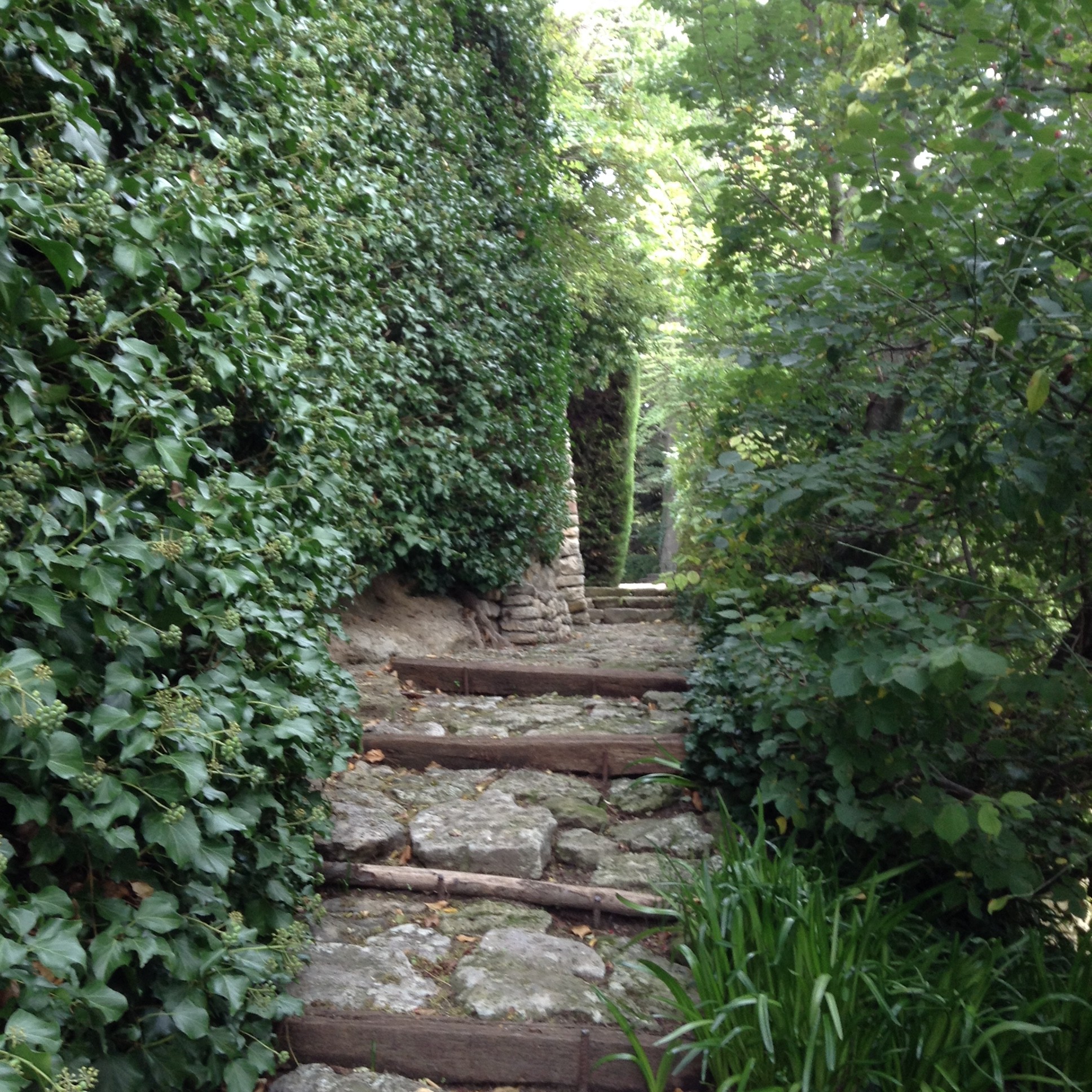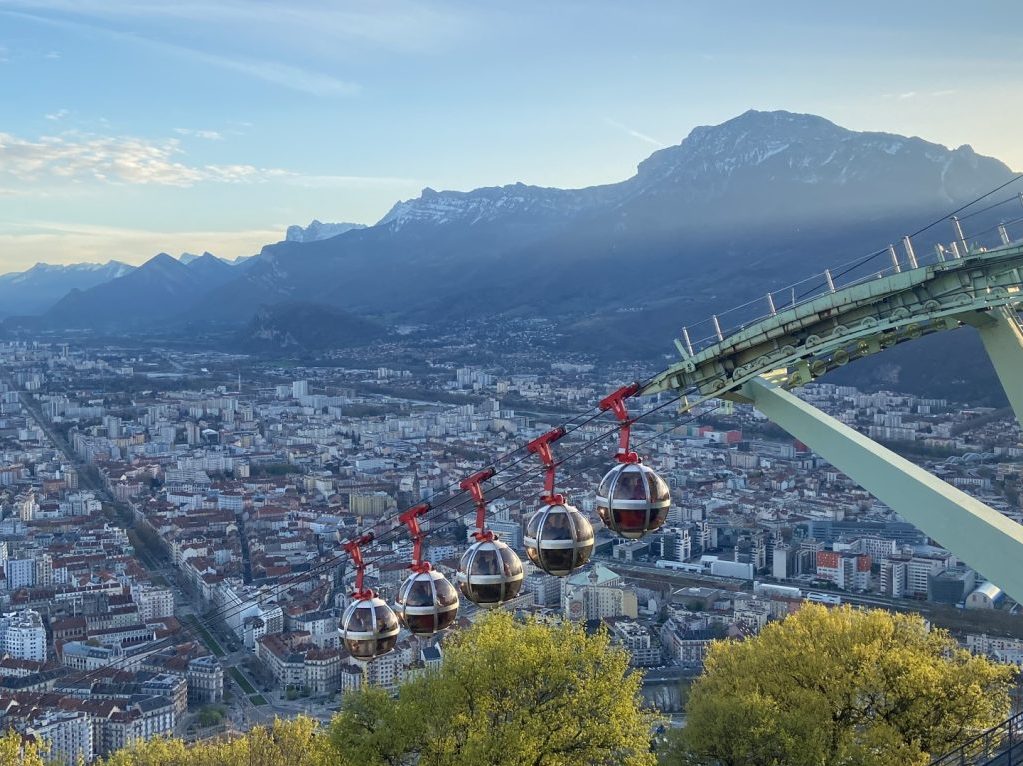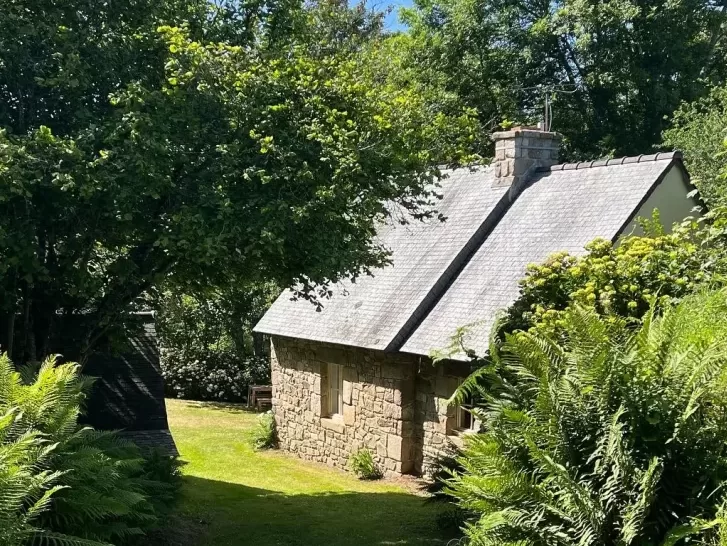French Mediterranean gardens: a garden tour across southern France – part 2
When I last left readers, we were on a virtual tour bus, travelling east across southern France on our continued quest to explore the region’s renowned Mediterranean gardens.
This time, we are going to visit two Provençal gardens in the hilltop villages of Ménerbes and Bonnieux.
A French fashion visionary turns in fabrics for flowers
The gardens, Le Clos Pascal in Ménerbes and La Louve in Bonnieux, were both created by the late Nicole de Vésian. A textile designer for the Paris fashion house of Hermès, de Vésian knew relatively little about gardening before she retired to the Lubéron hills.
However, perhaps her inexperience as a gardener – her ‘greenness’ – was a blessing; it enabled her to ignore convention and rely instead on her instincts as an artist. Her experience as a textile designer meant that she had a good understanding of shape, texture and color, and an informed sense of space.
Amazingly, she used no plans or drawings in the creation of the French Mediterranean gardens that would go on to define the evolving art form that is gardening.
Une jardinière terre-à-terre
 What characterizes a Nicole de Vésian garden? According to Ruth Caple, an Australian gardener writing in the Mediterranean Garden Society’s quarterly journal, it’s a muted palette of gray-green, featuring a mix of cypresses, stony paths, and irregular steps made of found materials that slow the visitor down “to better appreciate the scents, organic shapes, subtle textures, asymmetry and unassuming atmosphere”.
What characterizes a Nicole de Vésian garden? According to Ruth Caple, an Australian gardener writing in the Mediterranean Garden Society’s quarterly journal, it’s a muted palette of gray-green, featuring a mix of cypresses, stony paths, and irregular steps made of found materials that slow the visitor down “to better appreciate the scents, organic shapes, subtle textures, asymmetry and unassuming atmosphere”.
At Le Clos Pascal, the larger of the two gardens, an expansive lawn is bordered by shade trees and dotted with balls of topiary, while steep terraces afford views across the hills. At La Louve, quiet paths lead to an out-in-the-open area where sculpted lavender plants look like dusky checkerboard pieces.
French Mediterranean gardens: une porte vers l’au-delà
In both gardens, there is a feeling of movement from one world to another: through a door or an entryway, and from cement roads onto gravel paths.
Visitors may experience both a sense of calm and energy, peace and exhilaration. I certainly did. Drought-resistant plantings, one of the hallmarks of the Mediterranean garden, blend into natural surroundings, ultimately fostering balance and harmony.
La Louve (translated from the French as ‘The She-Wolf’) was de Vésian’s home until shortly before her death. Although it is privately-owned, it is open to visitors at set times. Le Clos Pascal is also privately-owned, open to the public on special request.
Those interested in digging further might consider reading ‘Nicole de Vésian: Gardens, Modern Design in Provence’ by Louisa Jones and Vincent Motte.
In my next installment we’ll end our tour at an exotic cactus garden in Monaco.
Do you garden? Where do you draw your inspiration? Add your voice to the discussion below!
All images © Ronnie Hess.









Definitely where I’d rather be on this hot Melbourne day!